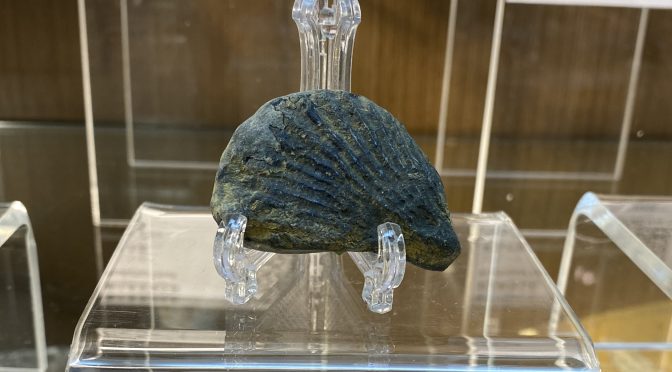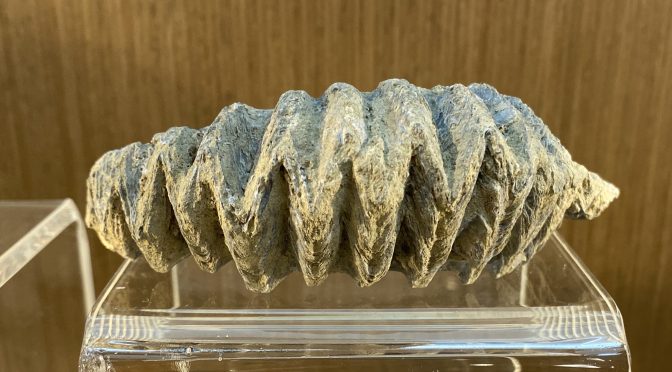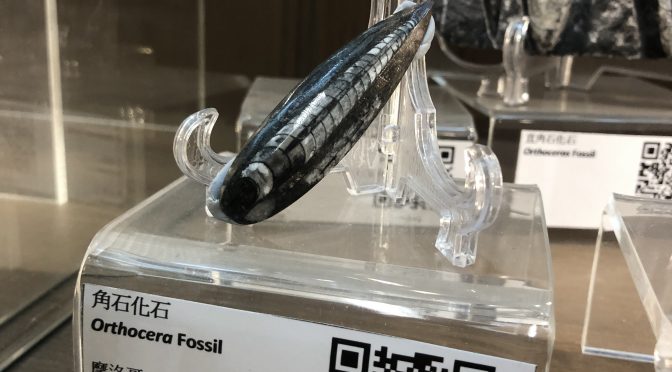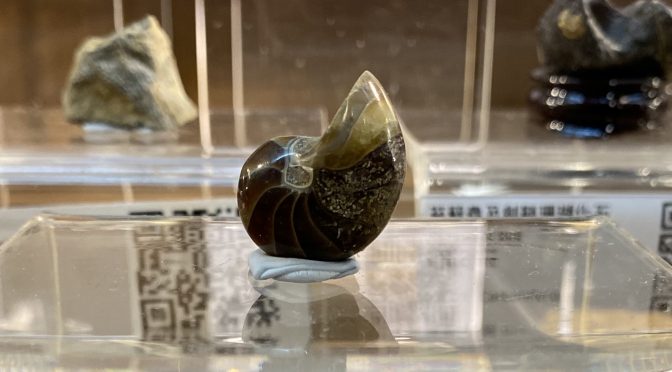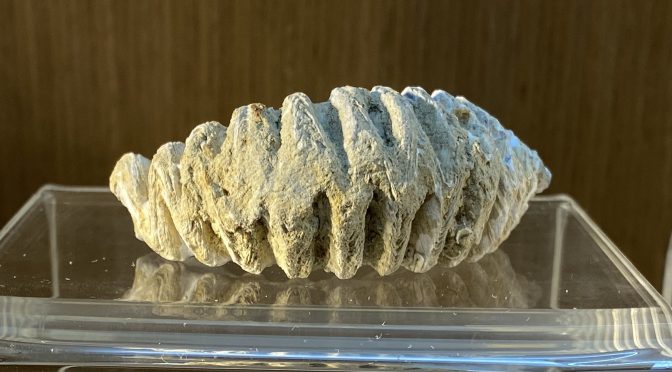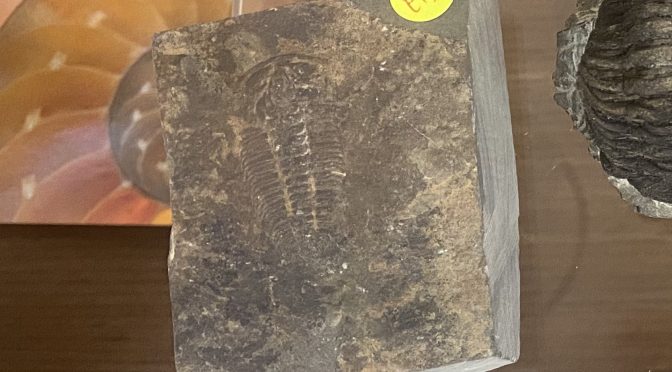
FL006 Redlichia sp. Fossil
名稱 菜德利基蟲化石 Name Redlichia sp. 地質年代 寒武紀 Geological Age Early Middle Cambrian period 描述 古無脊椎動物。三葉蟲綱中出現較早的一類。以最早研究此種化石的英國古生物學家萊得利基而得名。頭鞍窄而長,幾乎伸至外邊緣,三對頭鞍溝,頸環寬大。具頰刺。眼葉新月形,末端與頭鞍相接。邊緣溝深。麵線前支與中軸線交角成45°~90°。胸節多。尾部小,不分節。 Descriptions Redlichia – Oldest Kind Of Trilobites. Redlichia is a genus of trilobite of the Redlichiidae family, from the late Lower and early Middle Cambrian period. Their fossils are found chiefly in Australia and South China (Yunnan). Ancient invertebrates. An earlier class appears in trilobite. It was named after the earliest British paleontologist, Lederlich, who studied this fossil. The head saddle is narrow and long, extending almost to the outer…
